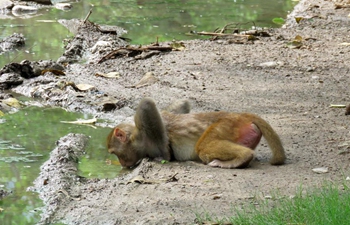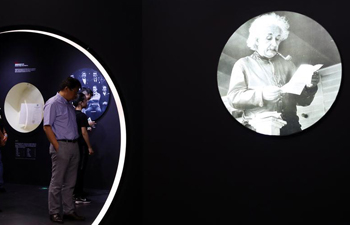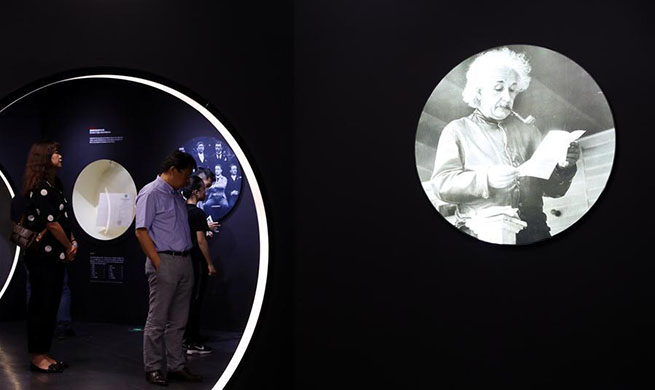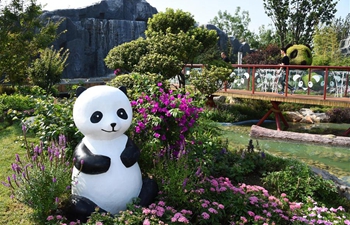By Levi J Parsons
SYDNEY, Aug. 2 (Xinhua) -- A researcher Down Under is hoping that Chinese scientists may hold some vital answers when it comes to stopping Northern Australia's out-of-control surge in yellow ants.
Having spent several years monitoring the species, often referred to as crazy ants, Dr Lori Lach, an associate professor at James Cook University's Centre for Tropical Environmental and Sustainability Science, told Xinhua there are two key reasons why the creatures are such a concern.
"They're one of a handful of species that can really achieve high abundances and they also spray formic acid," she said.
"While there are a number of other species that spray formic acid, this species, for reasons we do not understand yet, can spray a lot more which is really damaging."
One of the most dramatic examples of their effects occurred on Australia's Christmas Island where they "knocked out" more than 1 million land crabs, resulting in a "series of cascading ecological impacts."
"Because of their abundant numbers, they often go for prey larger than themselves," Lach explained, adding on Christmas Island, the ants attack the crabs by spraying their eyes with acid until they went blind and starved to death.
The Australia researcher wonders if Chinese peers may offer assistance as the ants are reportedly found in China too.
"From what I can tell from scientific records, these ants are found in Southern China and I would be really interested to hear from any social insect scientists in China who would be interested in collaborating," Lach said.
"I think Chinese insights would be really key to understanding where these ants are actually native to."
"There are some theories going around that believe they may have originated from Southeast Asia, others say they could be from East Africa," he said.
"I'm not aware of any published papers on the impact of these ants in China because obviously they would be in Mandarin. So maybe they exist, I'm not sure, but I would be very keen to hear if there are because it would help us add another piece to the puzzle for us (in Australia)."
Although an eradication program led by the Wet Tropics Management Authority has been in place since 2013 and made "significant progress," the problem is far from over, according to Lach.
That's why the federal government recently announced 9.2 million Australian (6.27 million U.S.) dollars in funding over the next three years to help fight off the species, with the Queensland state government also pledging a further 3 million Australian dollars (2.04 million U.S.) to assist the areas under threat.
"Before the treatment started, there was a sugarcane farmer up here and the numbers of yellow ants got so high around his house, they crawled into his eyes at night and he was temporarily blinded twice for around 10 days by the acid spray," Lach explained.
While the creatures usually don't go for humans, yellow ants have been known to attack the soft tissue of pets and the paws of dogs.
At about four millimeters long, they're often referred to as crazy ants because of their strange movements.
"Most people would think of ants following a nice, neat trail but yellow crazy ants are very frenetic and spread out," Lach said.
"It looks very disorganized, they just seem to blanket the ground and it's quite impressive when there are a lot of them."
Despite an extensive amount of research on the creatures and some major inroads into stopping them with targeted baits, there's still a great deal that remains a mystery.

















